High school athletes, college athletes, and others leading active lifestyles often experience overuse injuries related to the feet and ankles, leading to severe pain, discomfort, loss of mobility, stiffness, and other problems. Our orthopedic specialists perform comprehensive diagnostic tests using MRIs, CT scans, X-rays, and ultrasounds, to address the root cause of your foot and ankle injuries. Depending on your unique condition, we may recommend a wide range of non-surgical or surgical treatments.
Non-Surgical Treatments
RICE (Rest, Ice, Compression, Elevation)
RICE (Rest, Ice, Compression, Elevation) is the most effective technique for managing painful symptoms related to foot and ankle injuries.
- Rest — avoid activities that trigger your feet and ankle pain.
- Ice — apply ice packs for 20 to 30 minutes every couple of hours to the injured site to minimize swelling.
- Compression — apply a compression bandage on your ankle.
- Elevation — elevate your injured ankle and foot above the heart’s level to facilitate optimal blood circulation and healing.
Anti-Inflammatory Medications
Our physicians may prescribe some medications, such as non-steroidal anti-inflammatory medications and pain medications. Depending on your specific condition, the anti-inflammatory medication may reduce swelling and minimize the joint inflammation caused by your injuries.
Physical Therapy/ Exercises
Your physicians will recommend physical therapy or a series of exercises that can strengthen your feet and ankles and restore mobility. The doctor will recommend specific exercises that restore a foot’s range of motion while alleviating the symptoms of ankle impingement. Furthermore, strengthening the muscles around the injured joints will enhance support to the injured site, thereby facilitating faster recovery. However, you must follow the doctor’s advice accurately and be regular with your exercises.
Orthobiologics (PRP & Stem Cell)
Orthobiologics is an area of regenerative medicine wherein the body’s cells are used to reverse the effects of osteoarthritis or joint injuries. PRP involves harvesting a small sample of your blood, purifying it in a centrifuge to isolate the platelet-rich plasmas, and injecting the resultant solution into targeted regions on your foot. Stem cell therapy involves harvesting and injecting stem cells derived from your bone marrow into the targeted regions.
Platelet-rich plasmas and stem cells contain unique components, such as growth factors that facilitate natural healing. When injected into targeted areas on your feet and ankles, these components can encourage your body to heal itself. The damaged ligaments, tendons, joints, cartilage, and bones will gradually heal, reversing the damage caused by acute injuries or osteoarthritis. This technique involves no downtime and negligible risk of side effects.
Surgical Treatments

Ankle Arthroscopy
Ankle arthroscopy is a minimally invasive technique used to correct problems related to the ankles. This procedure involves making two or three keyhole-sized incisions on the skin’s surface. One of the incisions serves as an entry point for a camera, which projects a visual image of your ankle joints on a monitor. The surgeon uses the second incision site to insert the necessary surgical tools and perform surgery. This technique involves minimal downtime and negligible risk of complications.
Open Surgery Techniques
Open surgery involves making an extended incision to access the entire foot and ankle structure and make the necessary adjustments to the damaged tissues. If you have ankle impingement, the surgeon may remove the overlarge bone spurs obstructing the nerve endings. If you have ankle sprains, the surgeon may insert metal screws to facilitate healing and stability. The specific techniques used depend on your unique condition.

Schedule an Appointment
Movement Orthopaedic Institute is the premier provider of sports medicine and orthopedic care in the Houston area. Our orthopedic specialists, led by Dr. Ozoude, always diagnose and treat the root cause of your foot and ankle injuries — not just the superficial symptoms. We start most treatments with non-operative care, such as rest, physical therapy, medications, and orthobiologic healing solutions. However, severe cases of foot and ankle injuries necessitate ankle arthroscopy or open surgery techniques. Please schedule an appointment to explore your foot and ankle treatment options.

